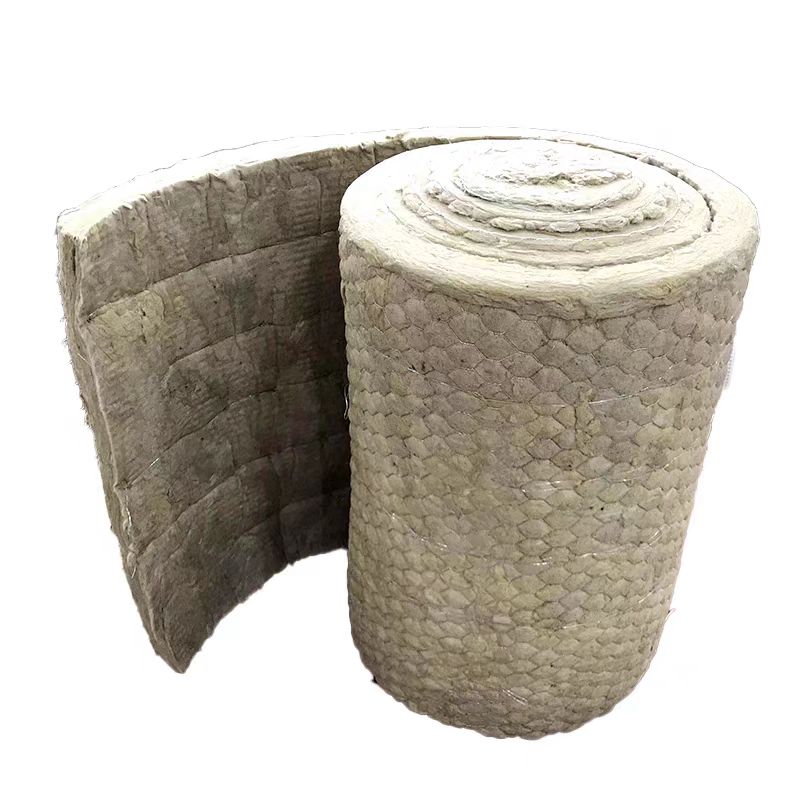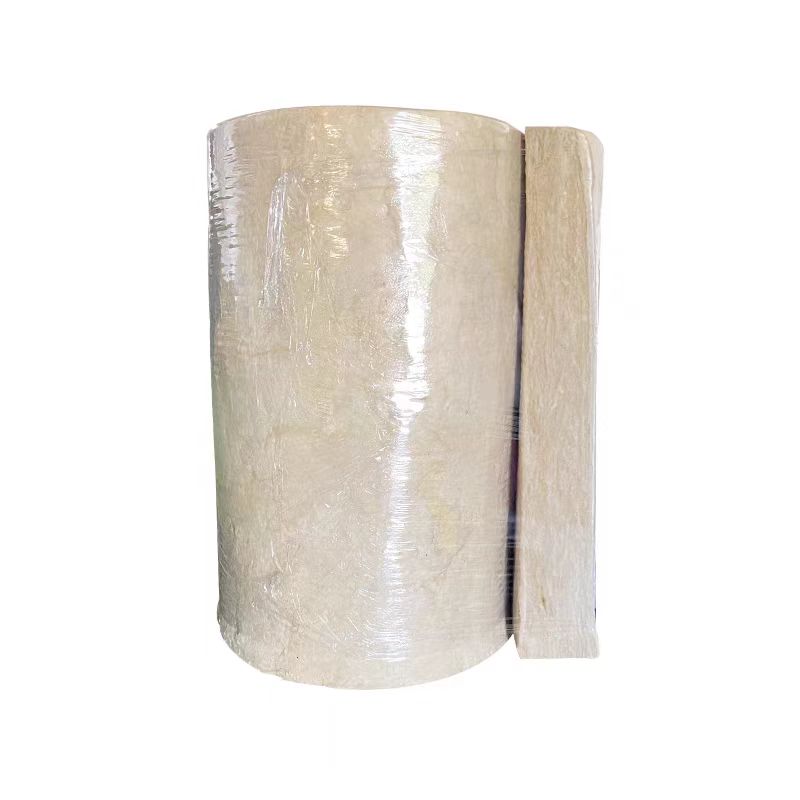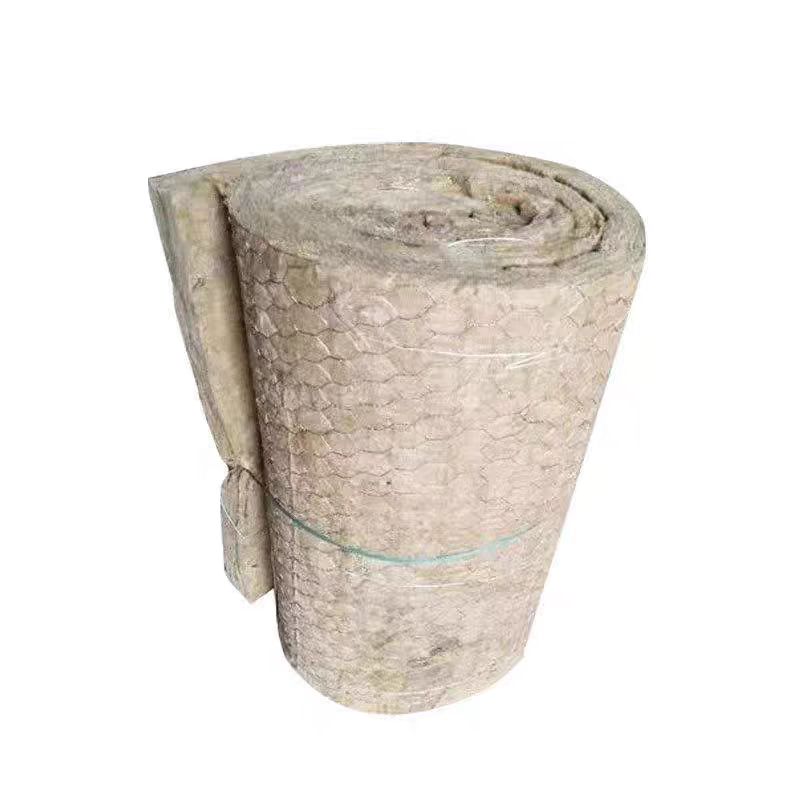-
rock wool felt
Technical Indicators of Rock - wool Thermal Insulation Felt 1. Thermal Conductivity: The thermal conductivity of rock - wool thermal insulation felt is usually within the range of 0.03 - 0.045 W/(m·K). This low value indicates its excellent heat - insulating property, which can effectively reduce heat transfer. 2. Density: It generally has a density of 60 - 100 kg/m³. Appropriate density endows it with good flexibility and certain strength to maintain its shape. 3. Fire - resistance Rating: It is a non - combustible material with a fire - resistance rating of Class A. It can withstand high temperatures without burning and can prevent the spread of fire. 4. Water Absorption: The water absorption rate is relatively low, usually less than 8%. This ensures that its thermal insulation performance will not be significantly affected by moisture. Application Areas Rock - wool thermal insulation felt is widely used in many places. It is often used in building roofs and walls for thermal insulation, which can help save energy. It is also applied to industrial pipelines to prevent heat loss or gain, ensuring the normal operation of the pipeline system. In addition, it can be used in some sound - insulation projects, such as in recording studios or factories, to reduce noise pollution. Description Rock - wool thermal insulation felt is a flexible and fibrous material. It has a soft texture and is easy to cut and install. It is made of high - quality rock wool fibers that are intertwined with each other, forming a relatively stable structure. This structure not only provides good thermal insulation and fire - resistance capabilities but also gives it a certain ability to resist deformation. Overall, it is a very practical and reliable thermal insulation and sound - insulation material.
Sizes



